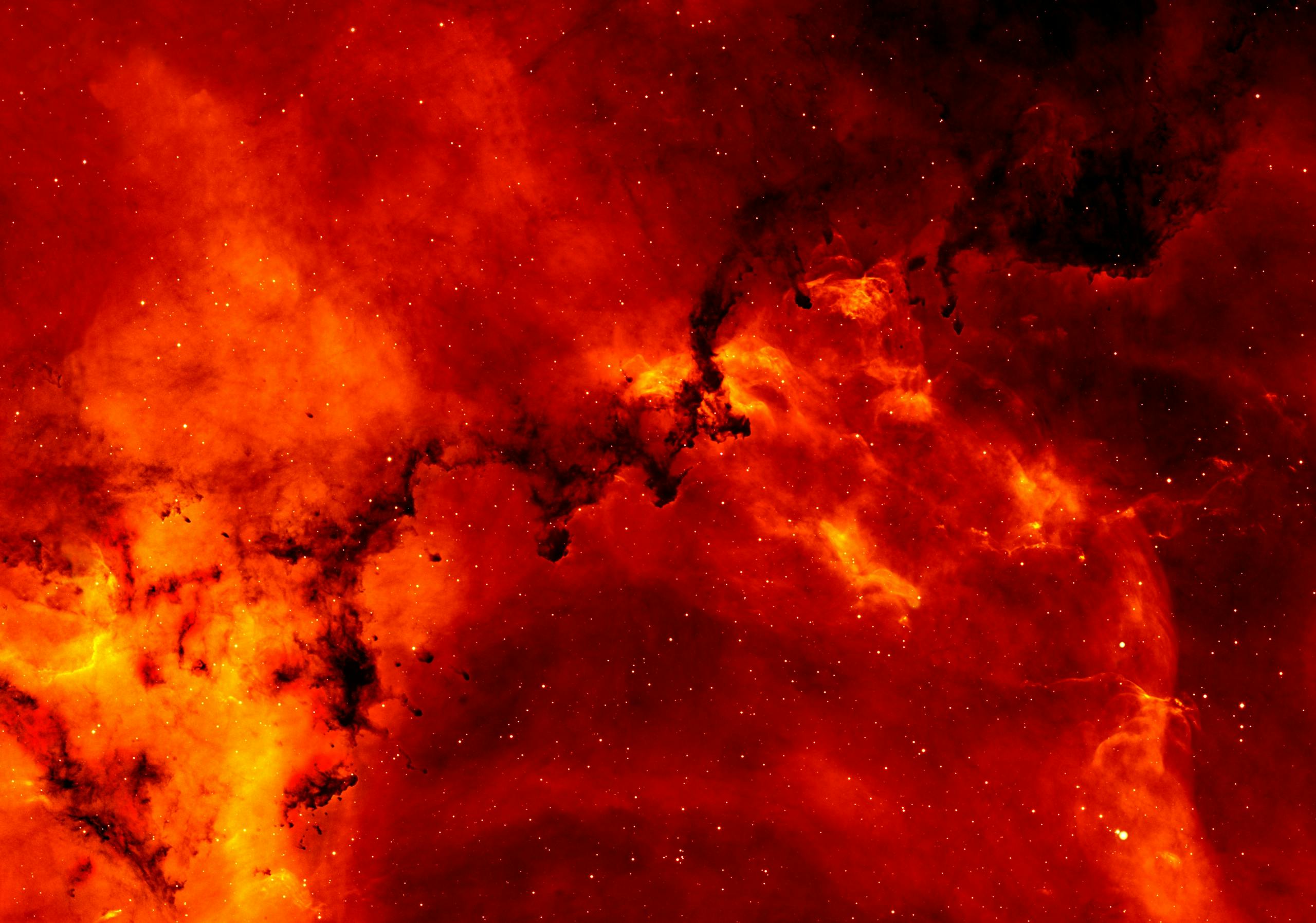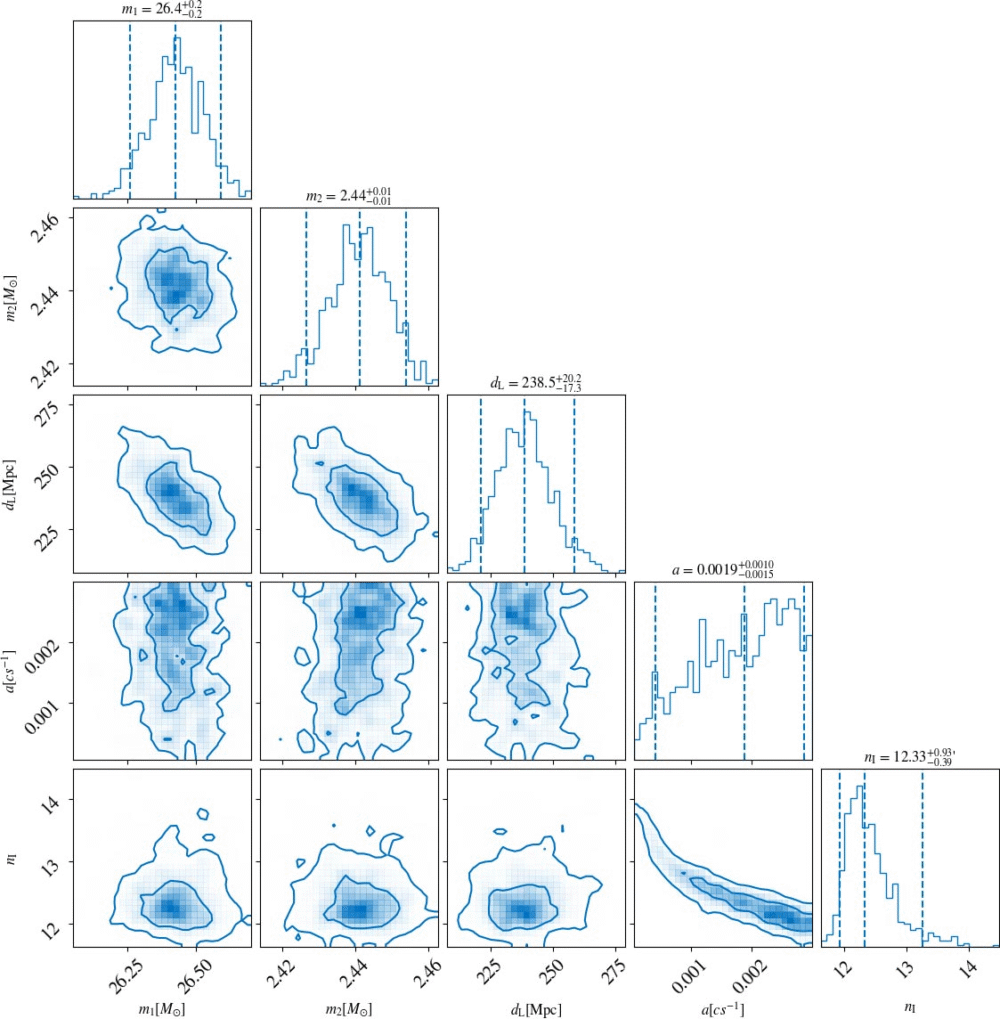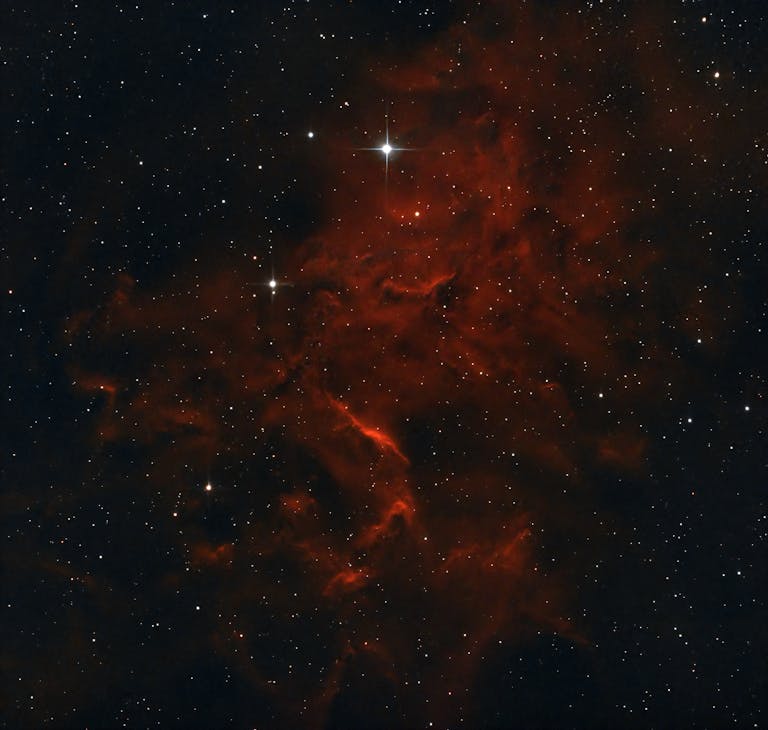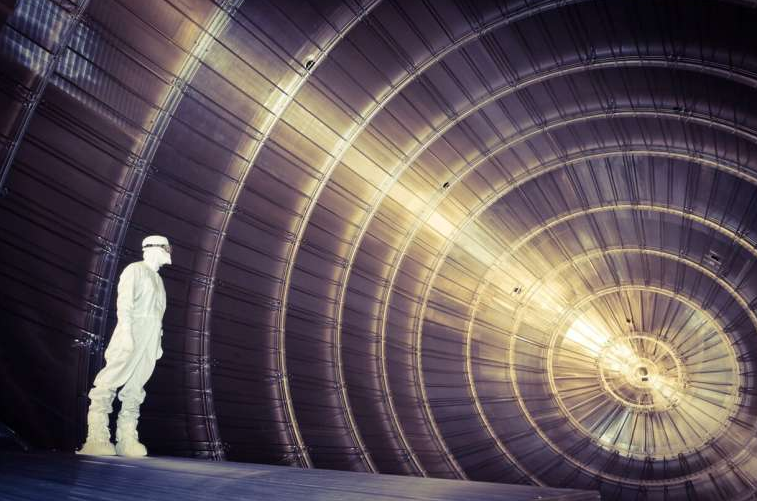Astronomers Spot a “Mysterious Giant” Shaping Binary Black Hole Mergers


When we think about black holes, the image that usually comes to mind is that of lonely cosmic monsters roaming the universe, devouring anything that gets too close. But what if they’re not as solitary as we thought?
A new study suggests that some black holes might actually have a hidden giant companion influencing their fate — and the discovery is shaking up how scientists understand these powerful cosmic mergers.
A Hidden Player in a Famous Black Hole Event
The story centers on an event astronomers call GW190814. Back in 2019, detectors on Earth picked up ripples in space-time — what we know as gravitational waves — from two black holes smashing together.
These cosmic ripples have become fairly common to detect since 2015, when they were first discovered, but this particular event stood out.

Why? The two black holes that merged had an unusual size mismatch. One was about ten times more massive than the other — a ratio so extreme it made scientists wonder if something else had helped bring them together. That’s where the latest research comes in.
A team led by Dr. Wenbiao Han at the Shanghai Astronomical Observatory (SHAO) has found evidence that the merger may have taken place under the influence of a third object — possibly a supermassive black hole lurking nearby.
The “b-EMRI” Idea: When Black Holes Form Cosmic Trios
This isn’t a brand-new theory. Dr. Han and his team had already suggested a scenario they call the b-EMRI model. In this model, a supermassive black hole (millions of times heavier than our Sun) can capture a smaller pair of black holes into its gravitational grip.
The result?
A hierarchical triple system where the smaller black holes orbit each other while the whole pair orbits the supermassive one.
This kind of setup isn’t just cool to imagine — it leaves behind unique fingerprints in the gravitational waves we detect. When the smaller black holes orbit around the massive one, their signals can be stretched or squeezed thanks to something called line-of-sight acceleration (basically a Doppler shift caused by the motion).
Fingerprints in the Gravitational Waves
To test their idea, the team built new mathematical templates that included this acceleration effect. Then, they combed through gravitational wave data, including the signals from GW190814. The result was striking:
- Their model fit the data better than the traditional assumption that the black holes were merging in isolation.
- They measured a tiny but clear acceleration — about 0.002 times the speed of light per second — which strongly suggests the merger happened under the sway of a much larger neighbor.
- The odds? A 58-to-1 chance in favor of the “hidden giant” explanation.
This makes GW190814 the first international case with solid evidence pointing to a third compact object shaping a binary black hole merger.
Why This Changes the Game
If true, this means binary black holes may not always be formed by random chance encounters in deep space. Instead, they could be engineered by cosmic giants, like supermassive black holes, which act as matchmakers by pulling smaller black holes together until they collide.
That’s a big deal because it helps explain some of the stranger pairings scientists have seen. It also reshapes our understanding of how black holes — and even galaxies — grow and evolve over time.
What’s Next?
The excitement doesn’t stop here. With the next generation of gravitational wave detectors — like the Einstein Telescope, Cosmic Explorer, and space-based missions such as LISA, Taiji, and TianQin — scientists will be able to listen to these cosmic collisions with much finer detail.
That means future discoveries could reveal even more examples of these cosmic trios, helping astronomers piece together the puzzle of how black holes form, merge, and shape the universe.
For now, one thing is clear: the universe has once again reminded us that it’s full of surprises. Binary black holes may not be the lonely wanderers we once imagined. Instead, some of them might just be caught in the gravitational embrace of a mysterious giant — hiding in plain sight.
Source: “Indication for a Compact Object Next to a LIGO–Virgo Binary Black Hole Merger” by Shu-Cheng Yang, Wen-Biao Han, Hiromichi Tagawa, Song Li and Chen Zhang, 21 July 2025, The Astrophysical Journal Letters.
DOI: 10.3847/2041-8213/adeaad





